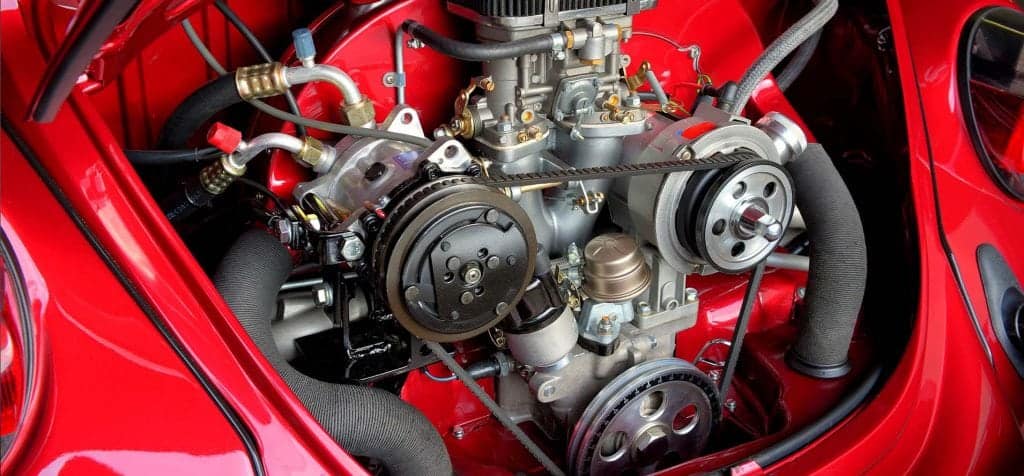Moisture causes internal icing, and that obstructs the orifice tube or expansion valve. As well as it creates excessive high pressures, also low cooling. The car air conditioning system is a closed loop system.
So why does it need a Drier to remove moisture? Here’s how moisture gets into the system. Also, refrigerant charged through service hoses not evacuated after being connected to the system will have air and moisture in them. Also, tubes left uncapped while replacing components allows moisture to enter.
Refrigerant oil is hygroscopic (water absorbing like a sponge) and left uncapped will have moisture in it. Recycling machines with old filters will not remove moisture from the coming refrigerant.
As condensation created when the Low side of the system gets cold, and then warms up when the system is turned off is absorbed into the system through the hoses. Then systems low on Freon will pull moisture into the system when they go into a partial vacuum.



 Redlands & Bayside
Redlands & Bayside